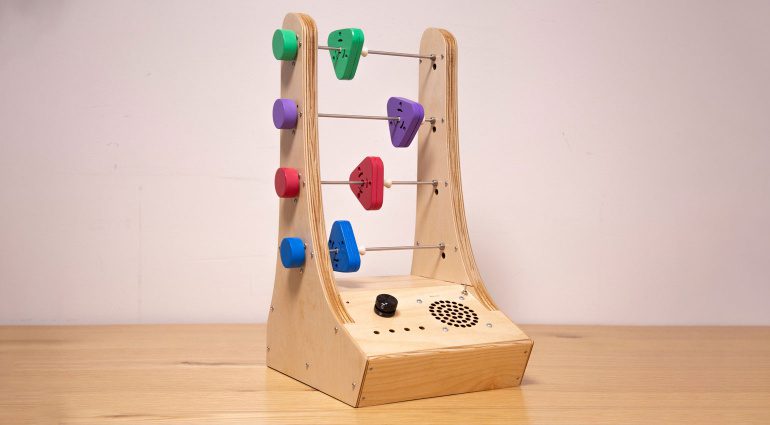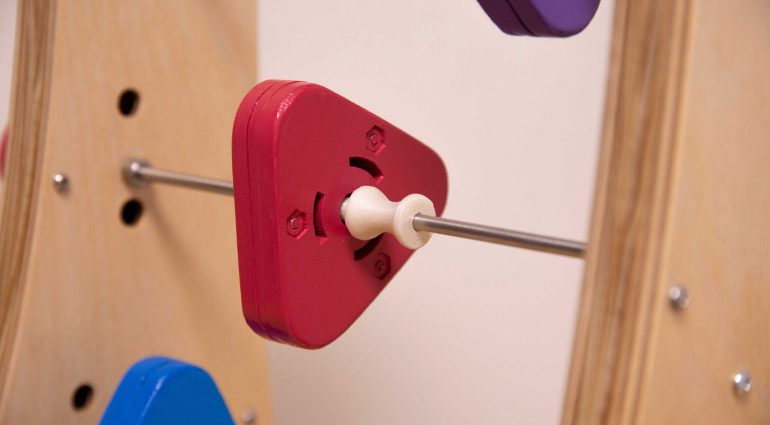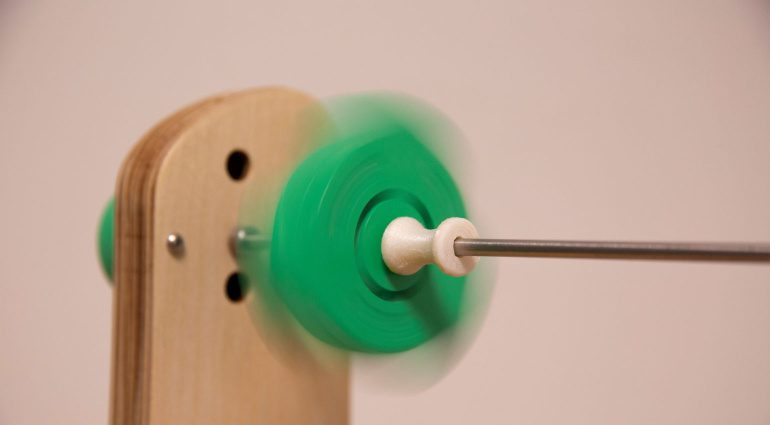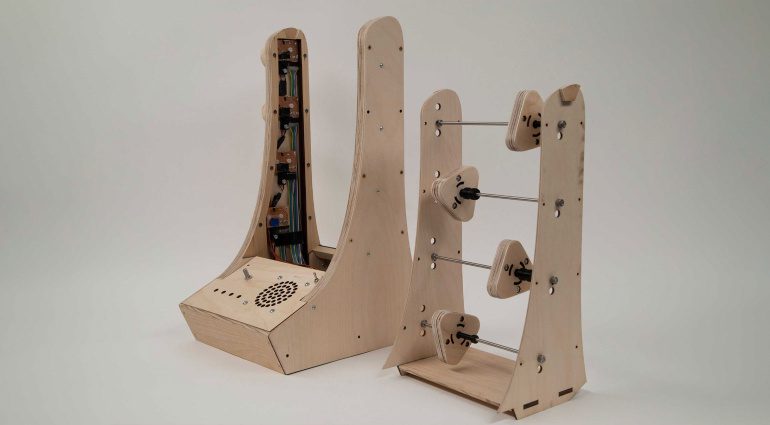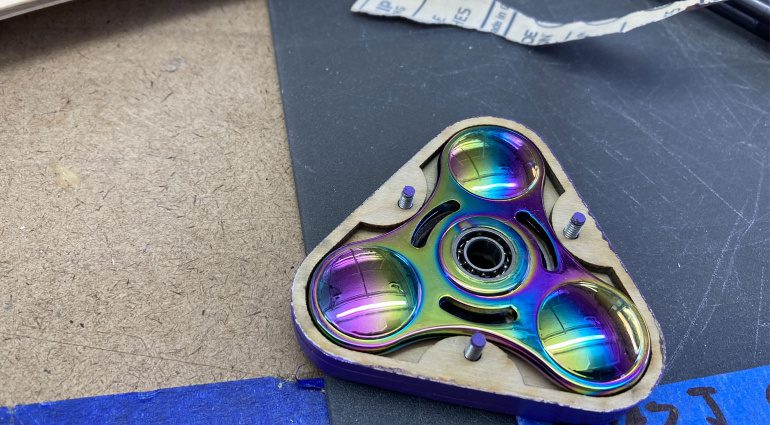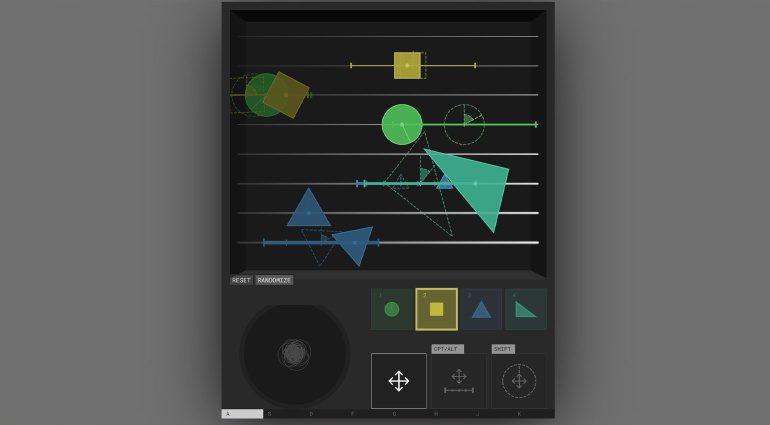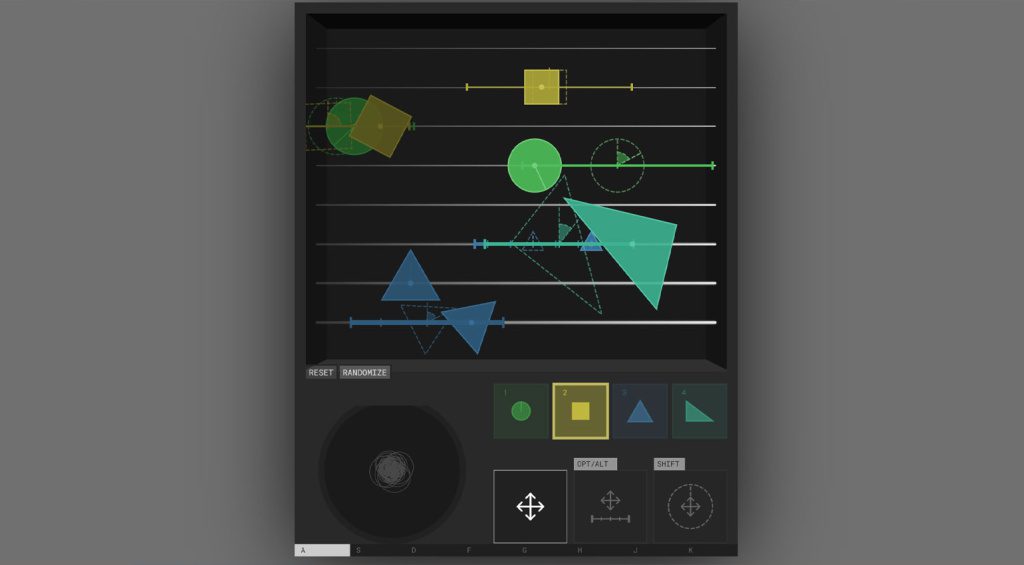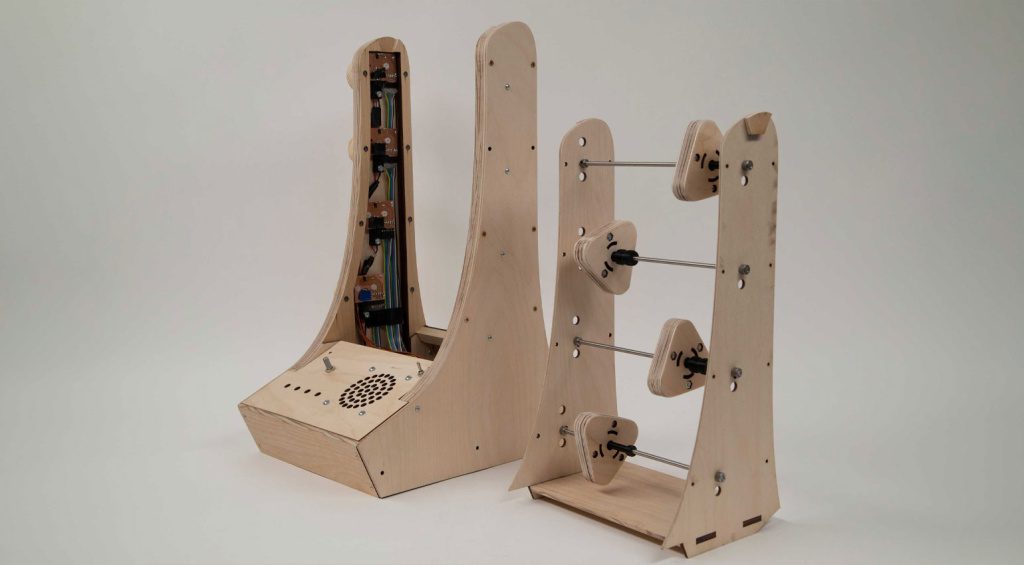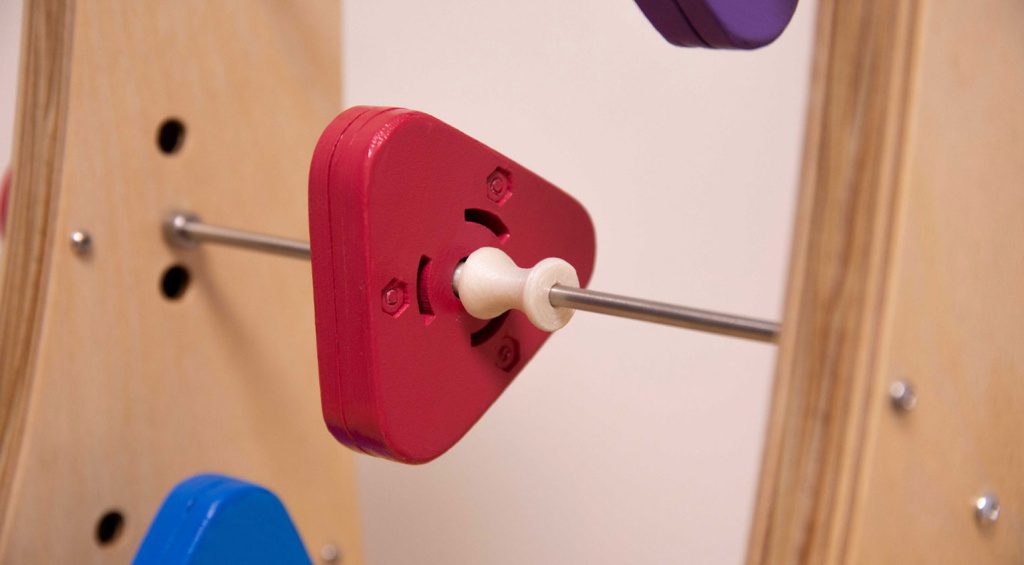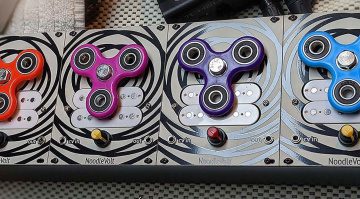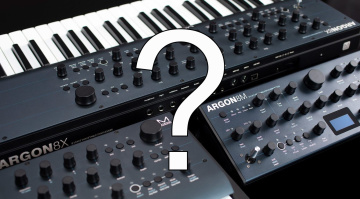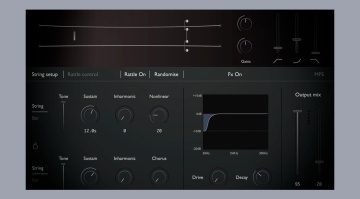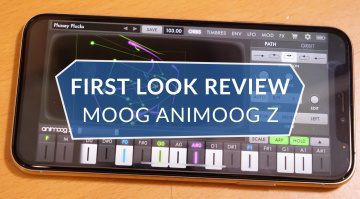Abacusynth: Spinning wheels of synthesis in a digital physical hybrid
Abacusynth is an intriguingly playful concept synthesizer that draws on ancient ideas, fidget spinners and software to create a tactile interface to explore synthesis and timbre.
Abacusynth
In other words, it’s kind of an abacus-style thing with fidget spinners that control the sound and modulation while looking completely fabulous. Spin stuff, move stuff and experience the changes in tone and timbre. Designer Elias Jarzombek’s idea was to build something fun and interactive that will engage people in sound exploration without having to learn complex terms or unwieldy interfaces. The Abacusynth achieves that brilliantly I think.
It started life as a plugin which is also a lot of fun to play with and more versatile with different shapes to play with. But taking it into a physical space creates a whole other interactive level that you can’t experience in software alone.
You just want to touch it, but what happens when you do? To start with Abacusynth has a built-in speaker and as soon as you turn it on it’s making sound. So, there are no barriers, no time spent pondering about how to get a sound out of it, you just start interacting with it. The big knobs on the left of each rod on the Abacusynth change discrete aspects such as waveform and harmonics, whereas the spinners are mapped to parameters within those aspects, both in position and movement. You can change waveforms with one hand and modulate them with a spin of the other.
Spinning
The whole spinning business is what took Elias down this road in the first place. It’s the way the spinning visually represents the modulation that’s so fascinating; it feels like a physical LFO. There are shades of the Game Changer Motor Synth here although in a simpler and more immediate form.
Each triangle contains an actual fidget spinner. Sensors on the sides measure the distance along the rod and the rotation by shining and receiving light through the slots on the spinner. Currently, the four rods are tuned to each other but it has a MIDI input and the firmware is open source so it has the potential to grow in all sorts of directions.
Thesis
The Abacusynth is a thesis rather than a product although I think the amount of interest it’s receiving could push it towards a Kickstarter at the very least. The interactivity is fabulous and watching the video (below) it has this wonderfully zen-like quality to how you work with the physical aspects of the synthesis. We’ve already seen a fidget spinner mounted on a Eurorack module as a mechanical LFO, Abacusynth could push that idea to much greater heights as either a synth or as a controller.
You are currently viewing a placeholder content from YouTube. To access the actual content, click the button below. Please note that doing so will share data with third-party providers.

